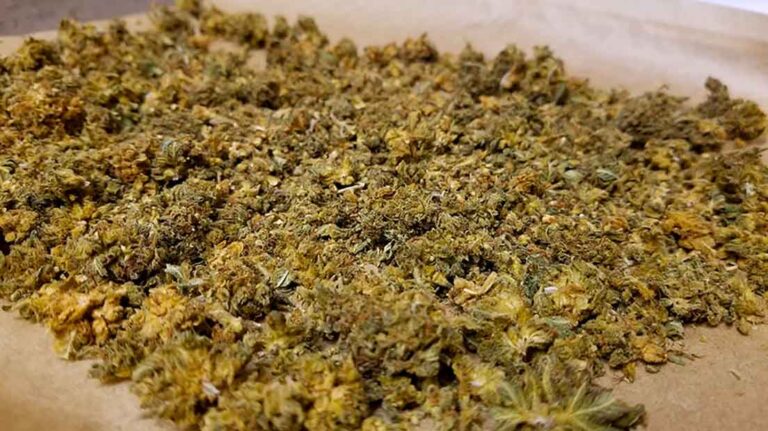Concrete is one of the most widely used construction materials in the world, known for its durability, versatility, and strength. However, not all concrete is created equal. The science behind producing stronger concrete involves understanding the chemical reactions that occur during mixing and curing, the selection of high-quality materials, and the application of innovative techniques. For builders and homeowners looking for the best quality, finding a reliable concrete supplier near you can significantly impact the performance and longevity of their concrete projects.
Understanding the Components of Concrete
Concrete is a composite material made up of several key ingredients, each contributing to its overall strength and performance:
- Cement The binder in concrete, cement is a fine powder that, when mixed with water, undergoes a chemical reaction known as hydration. This process forms a paste that binds the aggregates together. The type of cement used can affect the final strength of the concrete. Portland cement is the most common, but there are various types formulated for specific applications, such as high-strength or rapid-setting.
- Aggregates Aggregates make up about 70-80% of concrete’s volume. They are categorized into fine aggregates (sand) and coarse aggregates (gravel or crushed stone). The quality, size, and gradation of aggregates play a crucial role in the strength and durability of the concrete. Well-graded aggregates provide better packing and reduce voids, leading to a denser and stronger concrete mix.
- Water Water is essential for the hydration process, but the water-to-cement ratio (w/c ratio) is critical. A lower w/c ratio results in stronger concrete but requires careful balancing to ensure workability. Too little water can lead to incomplete hydration, while too much can weaken the concrete and increase porosity.
Innovations in Concrete Technology
Recent advancements in concrete technology have led to the development of stronger, more durable mixes. Some of the key innovations include:
- High-Performance Concrete (HPC) HPC is designed to provide enhanced durability and strength compared to conventional concrete. It often incorporates supplementary cementitious materials (SCMs) like fly ash, silica fume, or slag to improve properties such as workability, resistance to aggressive environments, and reduced permeability.
- Self-Compacting Concrete (SCC) SCC is a type of concrete that flows under its own weight, eliminating the need for vibration during placement. This property allows for easier placement in complex forms and reduces the risk of segregation. SCC typically has a higher paste content and is formulated with superplasticizers, resulting in improved strength and durability.
- Fiber-Reinforced Concrete (FRC) The inclusion of fibers (steel, glass, or synthetic) in concrete enhances its tensile strength and toughness. FRC is particularly useful in applications where crack resistance and impact strength are essential, such as in pavements, industrial floors, and precast elements.
The Role of Curing in Strength Development
Curing is a critical process in the concrete lifecycle that significantly affects strength development. Proper curing ensures adequate moisture and temperature conditions for the hydration process to continue. Common curing methods include:
- Water Curing: Keeping the concrete surface continuously moist through soaking or spraying.
- Covering with Wet Burlap: Applying wet burlap or other moisture-retaining materials over the concrete surface.
- Curing Compounds: Using chemical curing agents that form a film over the surface, reducing evaporation and retaining moisture.
Inadequate curing can lead to surface cracking, reduced strength, and compromised durability, highlighting the importance of this step in achieving stronger concrete.
Finding the Right Concrete Supplier Near You
When it comes to sourcing quality concrete, finding a reliable concrete supplier near you in London is essential. A reputable supplier can provide expert guidance on selecting the right mix for specific applications, ensuring that the materials meet industry standards and performance requirements. They can also offer ready-mix concrete options, which are tailored to the project’s needs and delivered directly to the site, reducing the risk of inconsistencies.
Conclusion
The science behind stronger concrete involves a careful balance of materials, innovative techniques, and proper curing practices. Understanding the components of concrete and how they interact can lead to the development of stronger, more durable structures. As technology continues to advance, the possibilities for creating high-performance concrete are expanding, allowing for safer and more resilient buildings. By partnering with a quality concrete supplier near you, builders can ensure they have access to the best materials and expertise for their projects, paving the way for a stronger future in construction.


